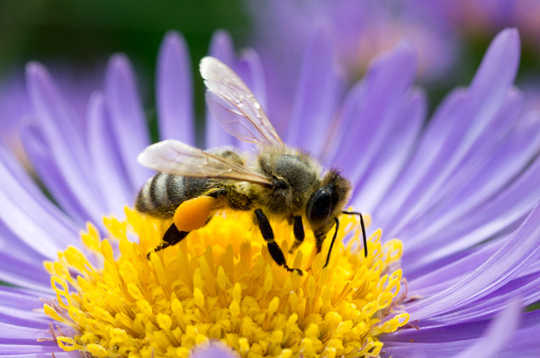- Adrian Dyer
- Read Time: 6 mins
 Recognizing faces is essential for how we interact in complex societies, and is often thought to be an ability that requires the sophistication of the large human brain. But new evidence we published in Frontiers in Psychology shows that insects such as the honeybee (Apis mellifera) and the European wasp (Vespula vulgaris) use visual processing mechanisms that are similar to humans’, which enables reliable face recognition.
Recognizing faces is essential for how we interact in complex societies, and is often thought to be an ability that requires the sophistication of the large human brain. But new evidence we published in Frontiers in Psychology shows that insects such as the honeybee (Apis mellifera) and the European wasp (Vespula vulgaris) use visual processing mechanisms that are similar to humans’, which enables reliable face recognition.









